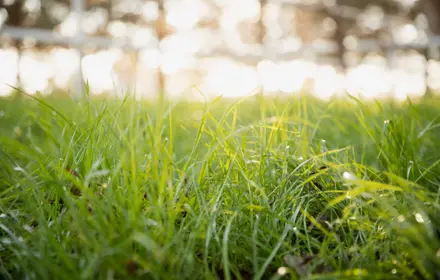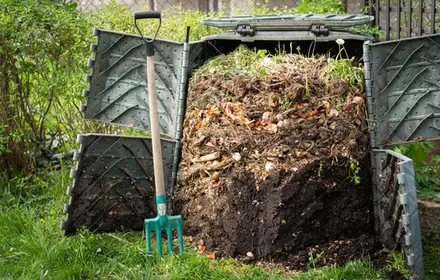Keep grass healthier in the summer heat

During the heat of a Canadian summer, your lawn works hard to stay lush and green. But with soaring temperatures, strong sunlight, and periods of drought, grass can quickly become stressed. The good news? A simple change to your mowing routine can make a big difference.
By raising your mower blade and letting your grass grow taller—ideally to 7–9 cm—you’re giving your lawn the best chance to stay healthy, resilient, and beautiful through the hottest months of the year.
Why Mow High in Summer?
Many people assume that a close-cropped lawn looks neat and tidy, but in the summer, this approach can actually do more harm than good. Cutting grass too short weakens its root system and leaves the soil vulnerable to sun scorch and water loss.
Mowing high offers several benefits:
- Improved moisture retention: Taller blades of grass provide shade for the soil, which reduces evaporation and helps lock in moisture.
- Deeper root growth: Grass that’s allowed to grow taller develops a stronger, deeper root system—key for surviving dry periods.
- Natural weed suppression: Thick, tall grass shades out weed seeds and makes it harder for them to germinate.
- Better temperature regulation: Longer grass blades help insulate the soil, keeping it cooler on scorching days.

The 7–9 cm Rule: Your Lawn’s Summer Sweet Spot
Setting your mower to cut at 7–9 cm (approximately 3 inches) is ideal for most common Canadian turf grasses, including Kentucky bluegrass, fescue, and perennial ryegrass. This height range:
- Maintains a clean, manicured look without stressing the lawn
- Supports healthy photosynthesis and energy production
- Prevents brown patches and helps your grass stay green longer
Be sure to check your mower settings—many models allow you to adjust blade height easily with a lever or dial.
More Summer Lawn Care Tips
Mowing high is just one part of smart summer lawn care. To truly support your turf, consider these best practices:
- Mow less frequently: In hot, dry weather, grass grows more slowly. Letting it rest between cuts reduces stress.
- Keep blades sharp: A clean cut is healthier for grass than a ragged tear, which can invite disease.
- Leave the clippings: Grass clippings return valuable nutrients and moisture to the soil. Use a mulching mower or leave clippings on the lawn.
- Water wisely: If you water, do so deeply and early in the morning—ideally 2.5 cm (1 inch) per week. Shallow watering encourages shallow roots.
- Don’t fertilise during extreme heat: Fertilising in mid-summer can stress the lawn. Wait for cooler conditions or opt for slow-release organics if needed.

Give Your Grass a Fighting Chance
Your lawn is more than just a pretty patch of green—it's a living ecosystem that needs thoughtful care, especially during summer. By raising your mower height and mowing less often, you’re helping your grass stay cooler, greener, and more resilient in the face of drought and heat.
It’s an easy, effective way to reduce water use, suppress weeds naturally, and enjoy a healthier lawn all season long. So give your mower a lift, and give your lawn a well-earned break!



